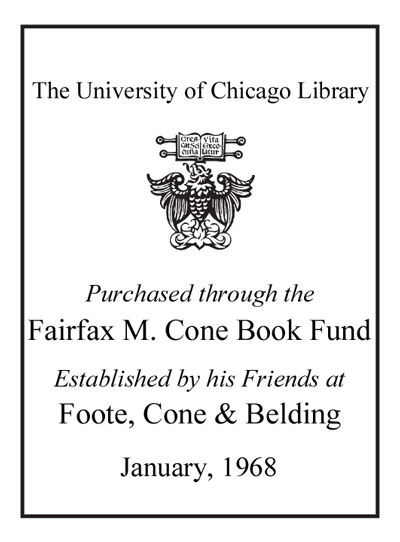Review by Choice Review
This volume, companion to the author's award-winning Center City to Regional Mall: Architecture, the Automobile, and Retailing in Los Angeles, 1920-1950 (CH, Nov'97), focuses on two kinds of space: exterior space organized to provide access and parking for automobiles, and interior space designed for high-volume, self-service shopping. Longstreth argues that the foundations of the modern retail revolution were established during the 1920s and '30s in two distinct building types, automotive service stations and food stores, principally in metropolitan Los Angeles. The filling station and the drive-in market were among the earliest building types whose design and orientation were predicated on the movement of cars, and they successfully incorporated innovations that were refined and integrated in the supermarket and, ultimately, in the shopping mall. By mid-century, Longstreth concludes, "Main Street would never be the same." This carefully researched and argued essay, handsomely illustrated with 165 photographs and sketches, is a compelling demonstration of how the automobile has transformed the landscape of metropolitan America. Highly recommended. All levels. D. Schuyler; Franklin and Marshall College
Copyright American Library Association, used with permission.
Review by Publisher's Weekly Review
The service station, the drive-in market and the supermarketÄinstitutions that today are so ubiquitous that they scarcely seem to require commentÄushered in new ways of conceiving and organizing commercial space, according to Longstreth, who teaches American studies at George Washington University. As cars and parking became the primary components in the construction of new retail centers, they turned shopping from a "pedestrian activity" into a "park-n-shop" one. Shopping as we know itÄwith large parking lots, and unencumbered, unassisted movement through vast aisles of ever-changing merchandiseÄwas a product of the early 20th-century car culture initially specific to Los Angeles, Longstreth asserts. His book relies heavily on accompanying documentary photographs of the streamlined, modernist service stations, fanciful drive-in markets and palatial supermarkets that dotted the Southern California landscape in the prewar years. Most, if not all, of the buildings these photographs depict have been changed or no longer existÄfalling victim to the shifting economy of the car culture that spawned them. Longstreth's argument, focusing on abstract spatial relationships between exterior and interior, and public and private, isn't always alive to the peculiar, often ghostly, beauty of these places, such as the early supermarkets designed as Moorish palaces to attract road-side customers. Though he unearths intriguing information and a cache of fascinating photos, Longstreth's study may prove too dry for general readers, the text aimed primarily at architects and urban planners; one is left wishing for more cultural history. 164 illustrations. (Apr.) (c) Copyright PWxyz, LLC. All rights reserved
(c) Copyright PWxyz, LLC. All rights reserved
Review by Choice Review
Review by Publisher's Weekly Review

